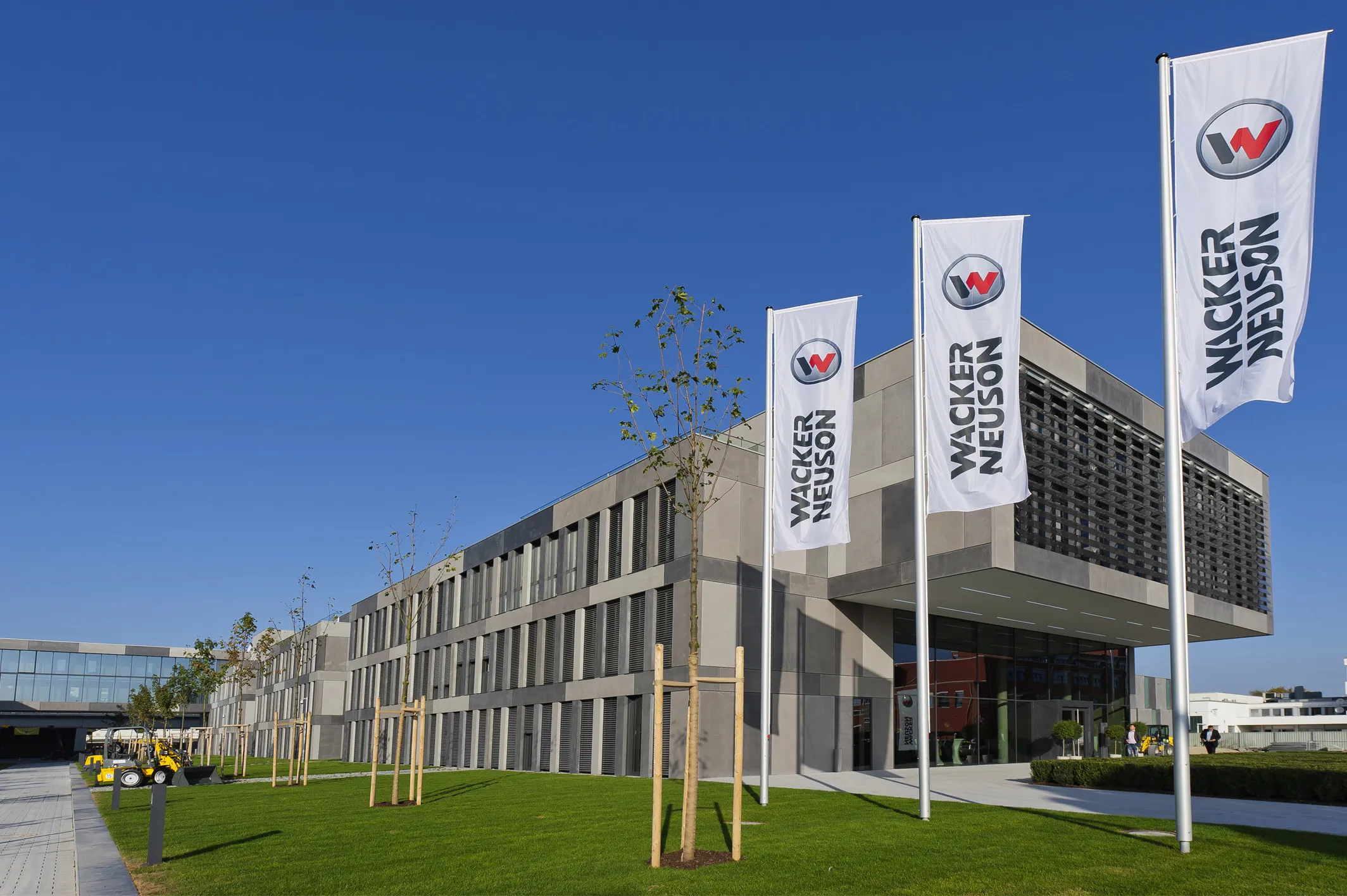Volvo Construction Equipment is posting optimistic financial results that show an increase in deliveries in the fourth quarter of 2013. The firm reports deliveries climbing by 9% as global markets show signs of improvement. A slowly recovering global market helped Volvo Construction Equipment round off 2013 with sales up 3% in the fourth quarter and improved market share, especially in compact equipment.
April 4, 2014
Read time: 2 mins

A slowly recovering global market helped Volvo Construction Equipment round off 2013 with sales up 3% in the fourth quarter and improved market share, especially in compact equipment.
When adjusted for currency movements net sales increased further – to 6%. These improved figures are due largely to higher sales of smaller equipment, helping to boost deliveries by 9% during the quarter.
Operating income was up 16% during the period, at €30.8 million, compared to €26.6 million in the same period of the previous year. Operating margin also saw improvements in the fourth quarter, at 2.1% – up from 1.9% in the fourth quarter of 2012.
Despite the sales increases in the final three months, for the full year 2013 Volvo CE saw sales decrease by 16% to €6.04 billion, compared to €7.2 billion in 2012.
Operating income was also down during the year, a result of tough price competition, weak product mix, low capacity utilisation and unfavourable exchange rates, to €293.2 million, down from €641 million in the preceding year.
“For 2014 we expect a slight improvement in market demand, mainly driven by China and Europe,” said Martin Weissburg, the new president of Volvo Construction Equipment.








